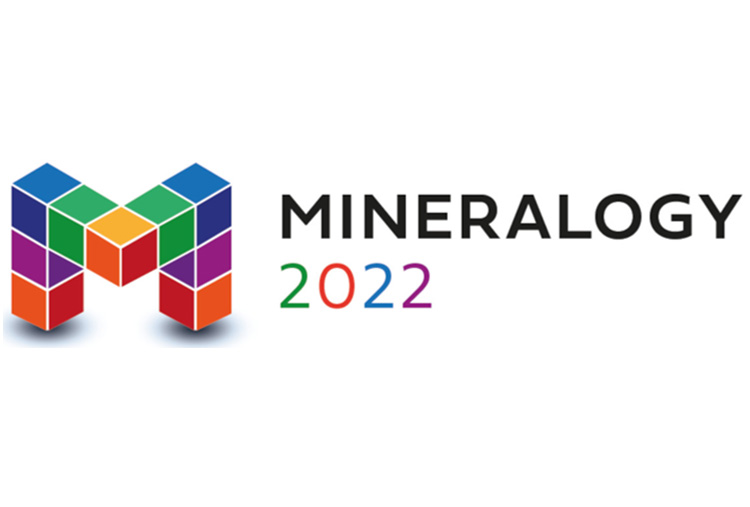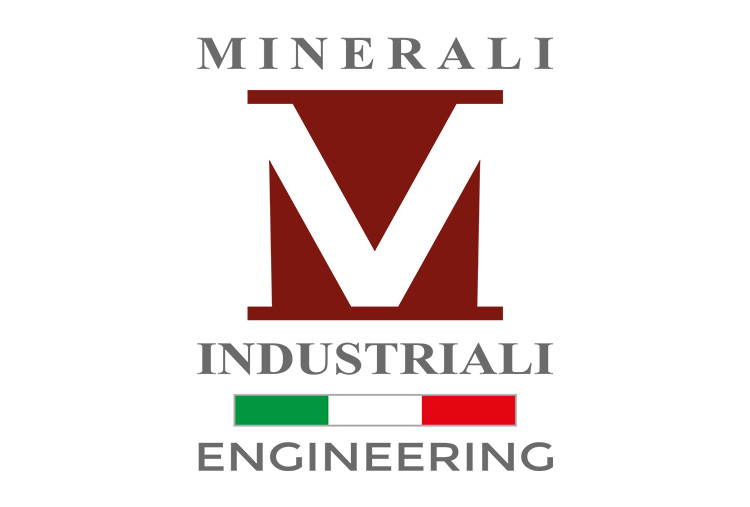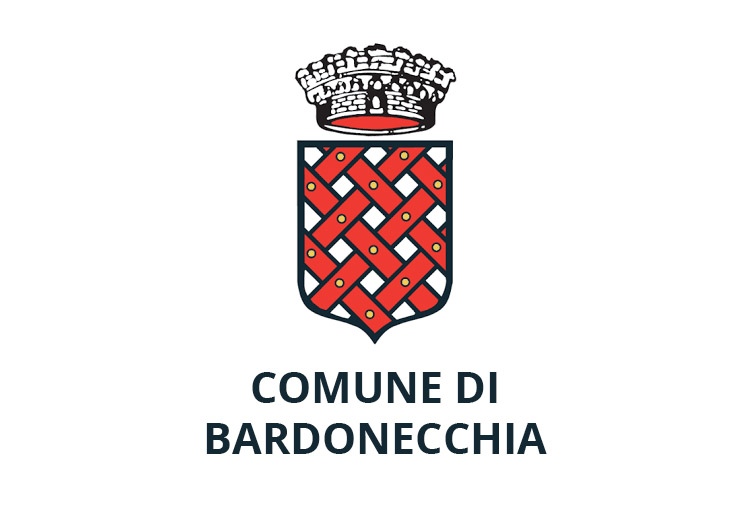Welcome to MINEWA 2022
Minerals and waste, an Anthropocene tale
Bardonecchia (Torino, Italy), 20-24 june 2022
Registration from February 2022.
A poster session is foreseen on Thursday, June 23.
The participants are welcome to take with them posters showing their research. Posters will be on display for the duration of the school.
Minerals and waste: an Anthropocene tale
Venue: Villaggio Olimpico, Bardonecchia (Italy), 20-24 june 2022
Chairs: Mario Tribaudino, Alessandro Pavese, Daniel Vollprecht

Environmental sciences are typically interdisciplinary, with the contribution of medical, chemistry, ecology, engineer and earth sciences investigators. Within this community, mineralogists provided significant contributions: as an example, we may recall investigations in asbestiform minerals, in biomineralogy, in the recycling of mine tailings, all of which subject of several EMU and AMMIN schools and books.
However, in the general field of waste disposal, recovery and recycling, the contribution of our community is underrepresented, and, sadly, the feeling of the mineralogist in the popular culture is that of someone looking for fancy crystals, or, at the best, a crazy geologist digging the ground to find something worth-while.
Indeed, we have something to say in every field of waste management: industrial residues from ceramic and mining activities are just an assemblage of minerals, and so is municipal waste, after removing the organic part in incinerators or after long time disposal.
A future scientist who will study the odd deposits of nowadays landfills, will find an assemblage of minerals, possibly with some interspersed organic matter. In almost every case, a natural counterpart is present, and we just have to apply what we know from natural systems, to understand waste assemblages, to predict their fate, at short and long time, and to suggest the best for high temperature recycling.
So, this was the idea of the school: to bring our community to the edge of waste management, giving the full background information on what are wastes and how they are managed, the basics of the high and low temperature geochemistry involved, and a sense of all what is going on in different field of waste investigation and how they are linked in minerals.
Mineral tailings, incinerator bottom and fly ashes, metal slags, residues of the ceramic industry will be addressed. In the concluding day, sanitary issues and waste management in a global perspective will be discussed.
A short note on Covid
We all hope that by June 2022 the pandemics will be at end, or at a minimum. However, the venue has taken all the needing to provide a safe assemblage.
The Olympic village was built for the Torino Olympics in 2006 and can accept up to 3000 hosts.
So, the number of the rooms, and the size of the canteen is not expected to pose serious limitations. The congress room has something as 300 seats, which are now reduced to 120 to provide a safe environment. This will make an upper limit to the possible participants.











